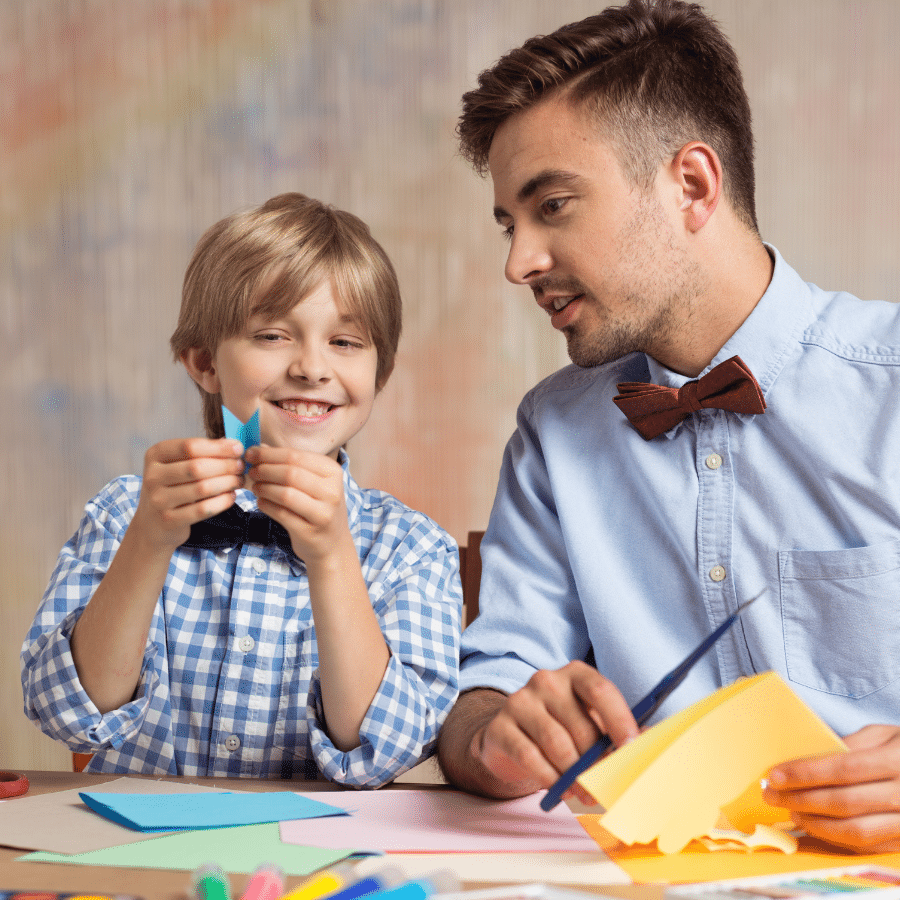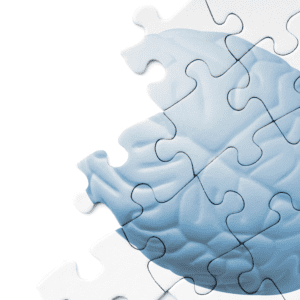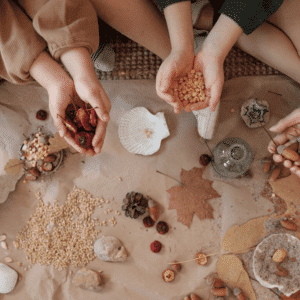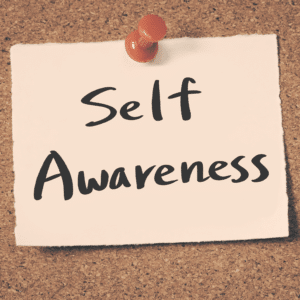概要
創造性はよく話題に上がるスキルですが、定義するのは難しいものです。創造性は芸術家だけが持つものだと考える人が多いですが、実は私たちは皆、少なくともある程度の創造力を持っています。必要なのは適切な環境と励ましだけです。創造性は学習と教育に不可欠な要素ですが、子供や生徒の創造性を特定して促進することは難しい場合があります。この記事では、創造性という言葉の定義から学習成果への影響まで、学習者と教師にとって創造性が何を意味するのかを探ります。
創造性とは何ですか?
Creativity is a process and a mindset, not a skill or talent. We all have the ability to be creative, but it takes work and practice to develop our creativity. Creativity involves taking risks and making mistakes; it’s often a combination of many different skills (for example: art, writing or math). There is no one definition of creativity because there are many ways that we can express ourselves creatively!
Creativity can be applied in any field including education – both in learning environments as well as teaching methods themselves; business – developing new products/services; science – conducting research projects etc…
創造性はなぜ重要なのでしょうか?
Creativity is important for learning because it helps you to think about things in a new way. It encourages you to look at problems from different perspectives, which can help you find solutions that are more creative and innovative.
Creativity is also important for problem solving as it allows people to come up with new ideas and solutions when faced with difficulties or challenges. For example, if someone is stuck trying to solve a puzzle or work out an equation in maths class then their teacher might ask them: “How could we do this differently?” This encourages them not only think about different ways of doing things but also come up with new ideas altogether!
脳は創造性をどのように扱うのでしょうか?
The brain is a complex organ, made up of billions of neurons that communicate with each other through electrical signals. The brain constantly learns and changes. It can be trained to be more creative, or less so–and this has implications for learning in school environments.
The first step towards understanding how creativity works in the brain is understanding how neurons work together as a network (or “circuit”). Neurons are cells that process information through electrical signals; these signals travel along axons (the part of the neuron that conducts electricity) until they reach dendrites (the part where incoming signals are received). When enough signals reach a certain threshold level within a given time period, they trigger an action potential: an electrical impulse that travels down into synapses where neurotransmitters transmit messages across gaps between cells called synaptic clefts before ending at another dendrite or soma (cell body).
創造性に対する教育の利点。
Creativity is an important part of learning and education. Creativity allows us to solve problems, learn new skills, innovate and communicate effectively. It also helps us collaborate with others.
Creativity can be defined as the ability or process of producing something new, which has value for the person who created it or others (OECD, 2016).
創造的なオープンマインド。
Creative open-mindedness is essential to learning. It is not the same thing as intelligence or education, but it’s a crucial component of both.
Creative open-mindedness means having an ability to be flexible with your thinking–the willingness to consider new ideas and approaches even when they may seem strange or unusual at first glance. It also involves being willing to learn from others who have different perspectives than yours, which is why creative open-mindedness can be so important in our globalized world today: if we want students who are prepared for life after school (and beyond), then having this skill set will help them succeed in whatever field they choose!
創造性における好奇心の役割。
Curiosity is the desire to learn more about something. It’s a natural part of the learning process, and it can lead to new ideas and solutions.
Curiosity can be a source of motivation for students as well as teachers: when people are curious about something, they want to find out more about it. This desire may encourage them to work harder on their projects or studies so that they can answer their questions satisfactorily (or at least get closer).
創造性は学習にとって不可欠ですが、創造性を特定し促進することは難しい場合があります。
Creativity is an essential part of learning, but it’s not always easy to identify and promote. Creativity is a complex phenomenon that involves many different skills, abilities and dispositions. It’s also influenced by factors such as age and personality type.
That said, there are some things we can do to help foster creativity in our classrooms and schools:
- 学習プロセス中にリスクを取ることを子供たちに奨励します。これにより、失敗や恥ずかしさを恐れることなく、新しいアイデアを試すことができます。
- ゼロから始めるのではなく、既存の知識を基に構築する
- 生徒が自分の作品を他の人と共有する機会を提供する
まとめ
創造性は学習と教育に欠かせないスキルです。創造性を特定して促進するのは難しいかもしれませんが、生徒の創造性を促進する方法はたくさんあります。創造性には、オープンマインド、好奇心、新しいアイデアや方法を試す意欲、必要に応じてリスクを冒す意欲が含まれます。この記事が、教室や教育機関でより創造的思考を促進する方法についてのアイデアを与えてくれたことを願っています。









